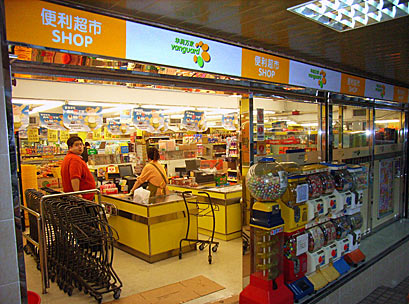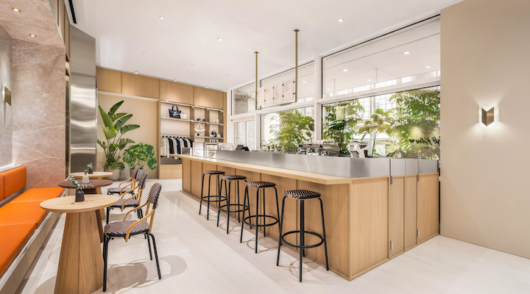China’s domestic retailers are continuing to squeeze out foreign rivals in the nation’s growing FMCG market.
Research from Kantar Worldpanel shows a solid 5.7 per cent value growth in China’s FMCG market for the year to September 5. While in comparison to historic levels this remains low, in the latest quarter (Q3 2014), FMCG growth recovered to 6.9 per cent, higher than both Q2 (4.7 per cent) and Q1 (4.6 per cent) – what Kantar describes as “a promising rebound in the second half of the year”.
Counties and smaller, less developed cities, maintained their growth momentum at 9.7 per cent for 2014 Q3, while key cities returned to positive value growth at 1.6 per cent. Consumer trading up to more premium products is the key reason for this rebound. While this trend is present across all city tiers, it’s most noticeable in county level cities.
But the real story is the steady decline of market share held by foreign retailers, including Tesco and Walmart.
At national level, international retailers showed declines in penetration with stagnant shopper spending. And they are losing share to local retailers across all four regions, with performance especially marked in the north. Conversely, local retailers maintained penetration levels while increasing shopper spending.
“If Vanguard can successfully re-brand all current Tesco stores, it will become the biggest individual banner with 8.4 per cent value share (Q3 2014), compared to the 7.3 per cent of the current market leader RT-Mart,” reports Kantar.
“However, both Vanguard group and Tesco lost share in the latest quarter, especially in the Tesco stronghold of the east where its Q3 share dropped from 4.1 per cent to 3.4 per cent over the last year.
“Retailers competing in the east face challenging circumstances with the region showing the highest level of consolidation. The top 10 retailers’ combined share accounts for 63.1 per cent of modern trade in comparison to the nationwide top 10 share of 41.2 per cent.”
Yonghui continued its strong performance with its national value share growing from 2.3 per cent to 2.7 per cent over the past three months. This was primarily driven by its fast expansion in the north, with a 0.6 per cent share increase in Q3.
“Yonghui also demonstrated an impressive value share level of 5.4 per cent in the west region; already making it the third largest player and only marginal lower than the second player, Vanguard group with 5.5 per cent,” reported Kantar.
Steady penetration growth remains the driving force for e-commerce in FMCG, as the channel attracts more shoppers as a result of price, product choice and convenience. Kantar reports that 34 per cent of Chinese urban families now shop online in the year.
“With the historical debut of Alibaba in NYSE in September, it is expected that more investment will be made on building infrastructure of the logistic network to make e-commerce more accessible to consumers across all life stages and locations in China.”
E-commerce today is clearly no longer a preserve for younger consumers. Kantar Worldpanel observed that online shopping penetration is now growing strongly amongst older families where 26 per cent shopped online in the latest year – an increase of 49 per cent compared to two years ago. Older consumers tend to buy more household cleaning products, liquid milk, nutrient supplement, kitchen products and pet food from e-commerce retailers.
“Online retailers will need to ensure that user interfaces are friendly and easy to navigate with suitable support and assurance for those consumers who move from offline channels to online channels. At the same time, brand owners should also embrace the new reality, learning to communicate with consumers throughout the path to online purchase,” aid Kantar.
International retailers refer to retailers originated outside Mainland China, Taiwan, Macau, and Hong Kong.







